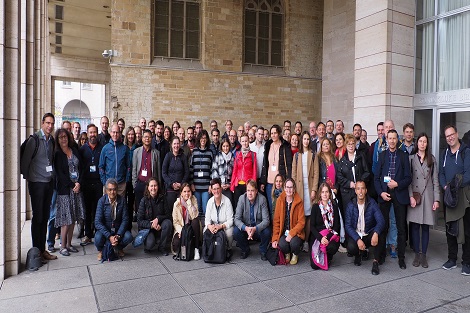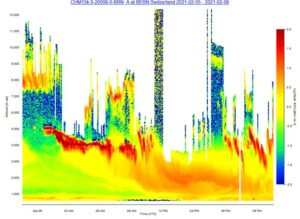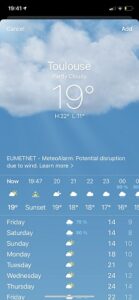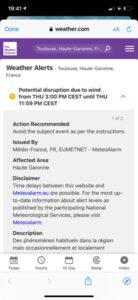
The Artificial Intelligence and Machine Learning for Weather, Climate and Environmental Applications (E-AI), launched on January 1, 2024, aims to coordinate European efforts to develop AI-enhanced forecasting, data assimilation, and decision-support systems in weather, climate, and environmental services. The programme is structured around three modules – Data Curation, Analysis, Modelling, and Postprocessing, and Products and Services – and has established various working groups, tutorials, and pilot implementations to advance the use of AI and machine learning in these areas.
In 2025, the following workshops are planned: The DestinE ML Workshop hosted by MetNorway (March 26-28), the MLPP Workshop hosted by DWD (April 1-3), the Feature Detection Workshop hosted by EUMETSAT (May 24-25), and the Products and Services Workshop hosted by DWD (July 7-11).















































